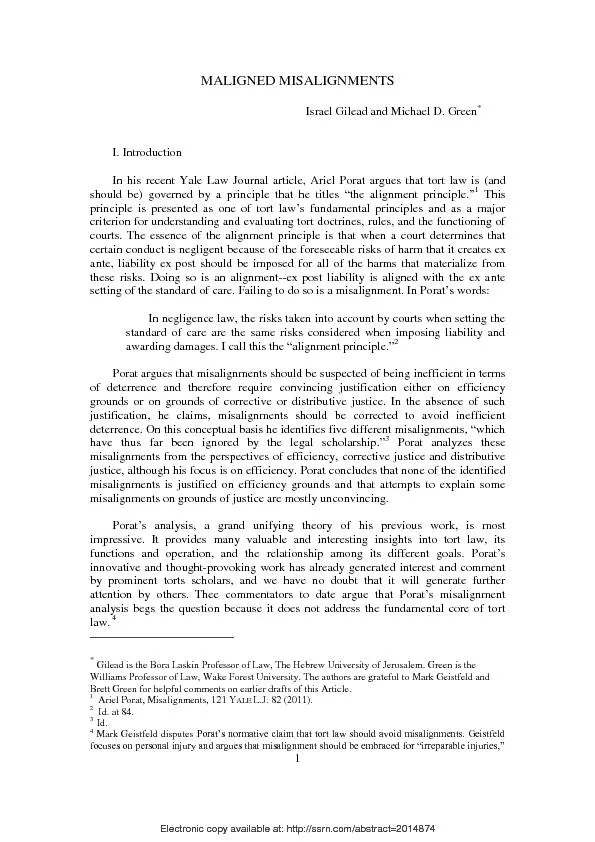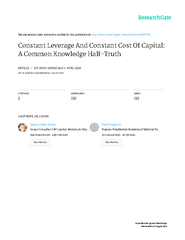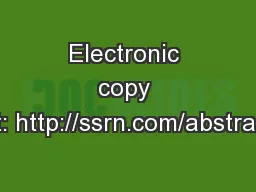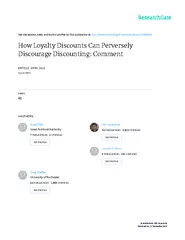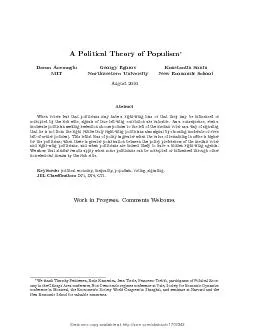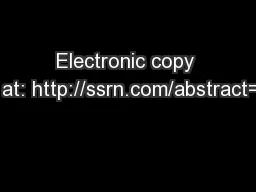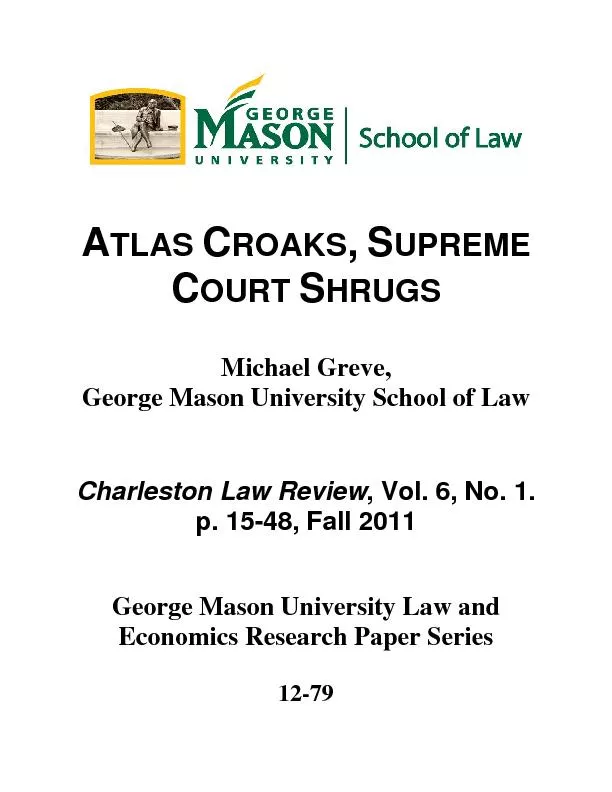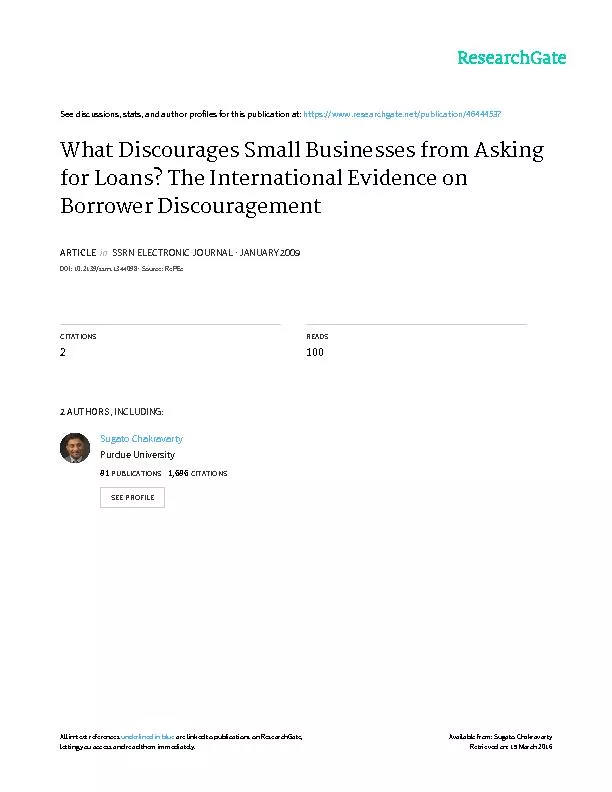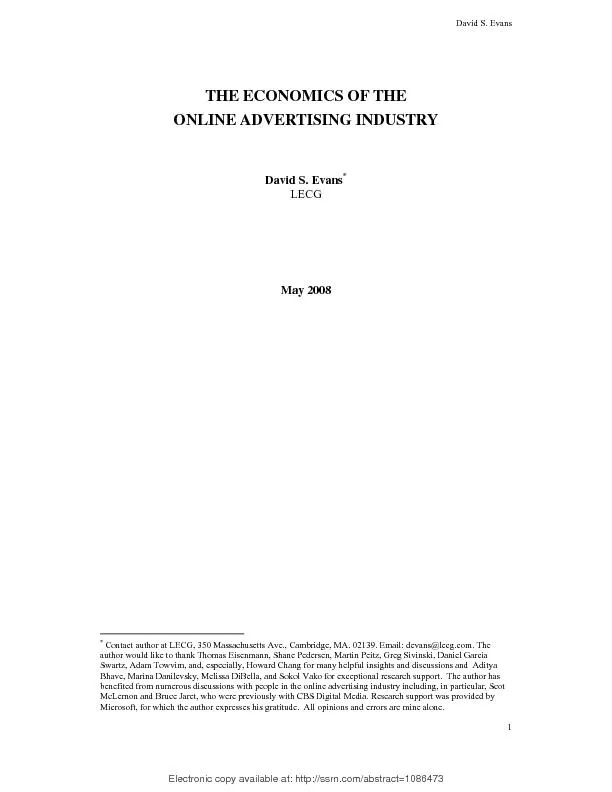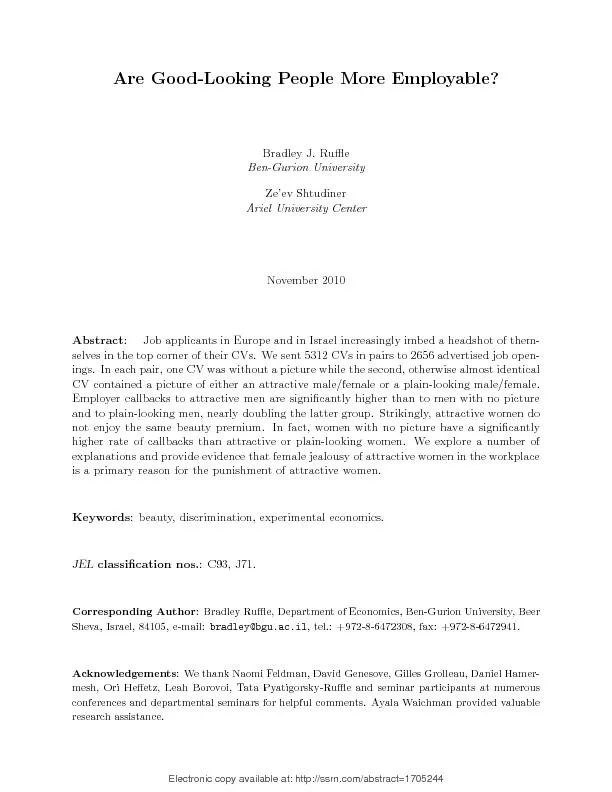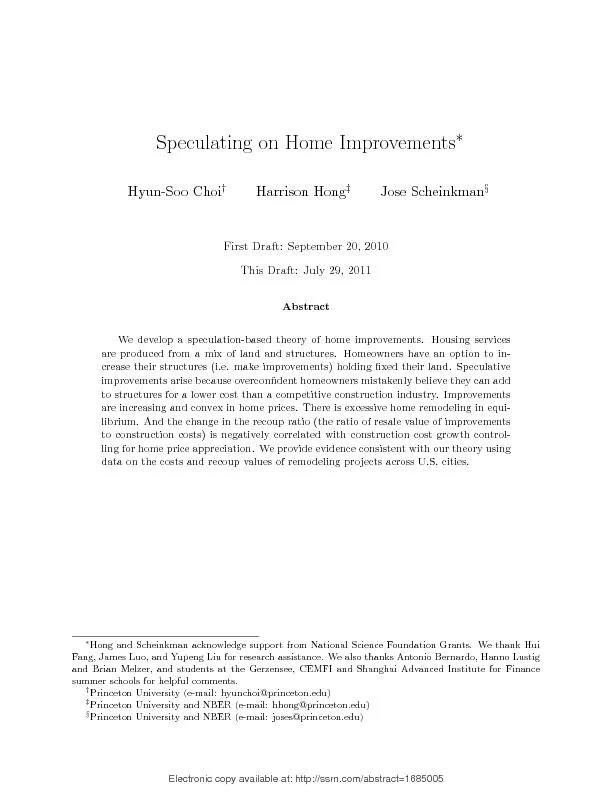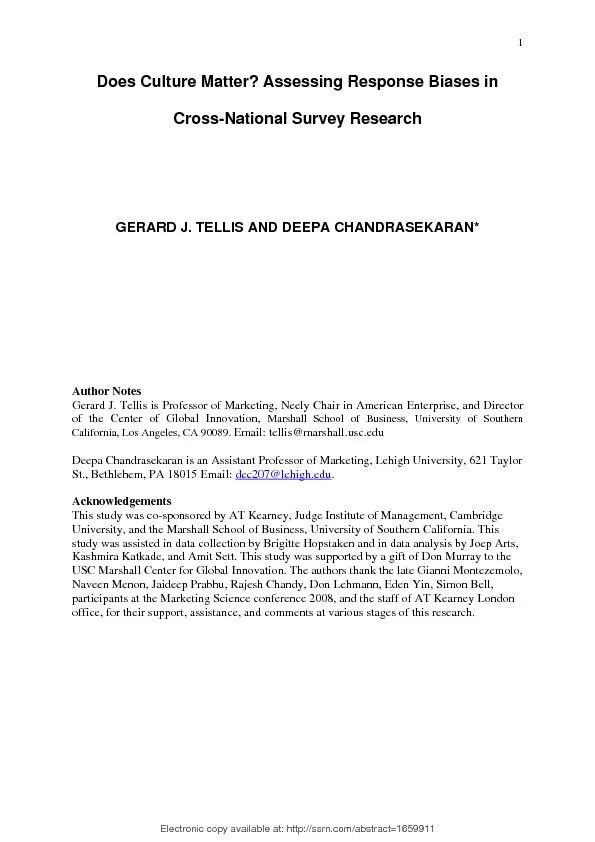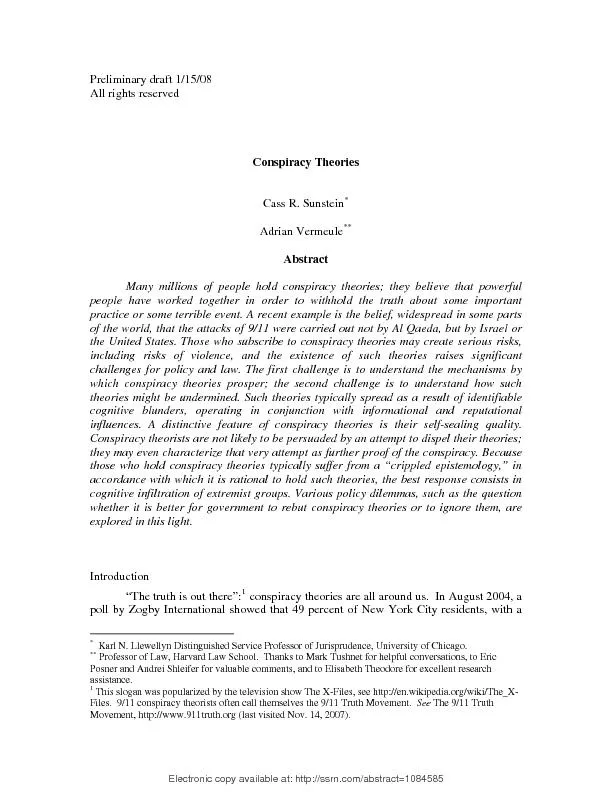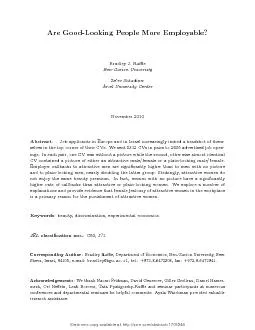PDF-Electronic copy available at: http://ssrn.com/abstract=2014874
Author : stefany-barnette | Published Date : 2016-06-24
Electronic copy available at httpssrncomabstract2014874 1 M ALIGNED MISALIGNMENTS Israel Gilead and Michael D Green I Introduction In his recent Yale Law Journal article
Presentation Embed Code
Download Presentation
Download Presentation The PPT/PDF document "Electronic copy available at: http://ssr..." is the property of its rightful owner. Permission is granted to download and print the materials on this website for personal, non-commercial use only, and to display it on your personal computer provided you do not modify the materials and that you retain all copyright notices contained in the materials. By downloading content from our website, you accept the terms of this agreement.
Electronic copy available at: http://ssrn.com/abstract=2014874: Transcript
Download Rules Of Document
"Electronic copy available at: http://ssrn.com/abstract=2014874"The content belongs to its owner. You may download and print it for personal use, without modification, and keep all copyright notices. By downloading, you agree to these terms.
Related Documents

